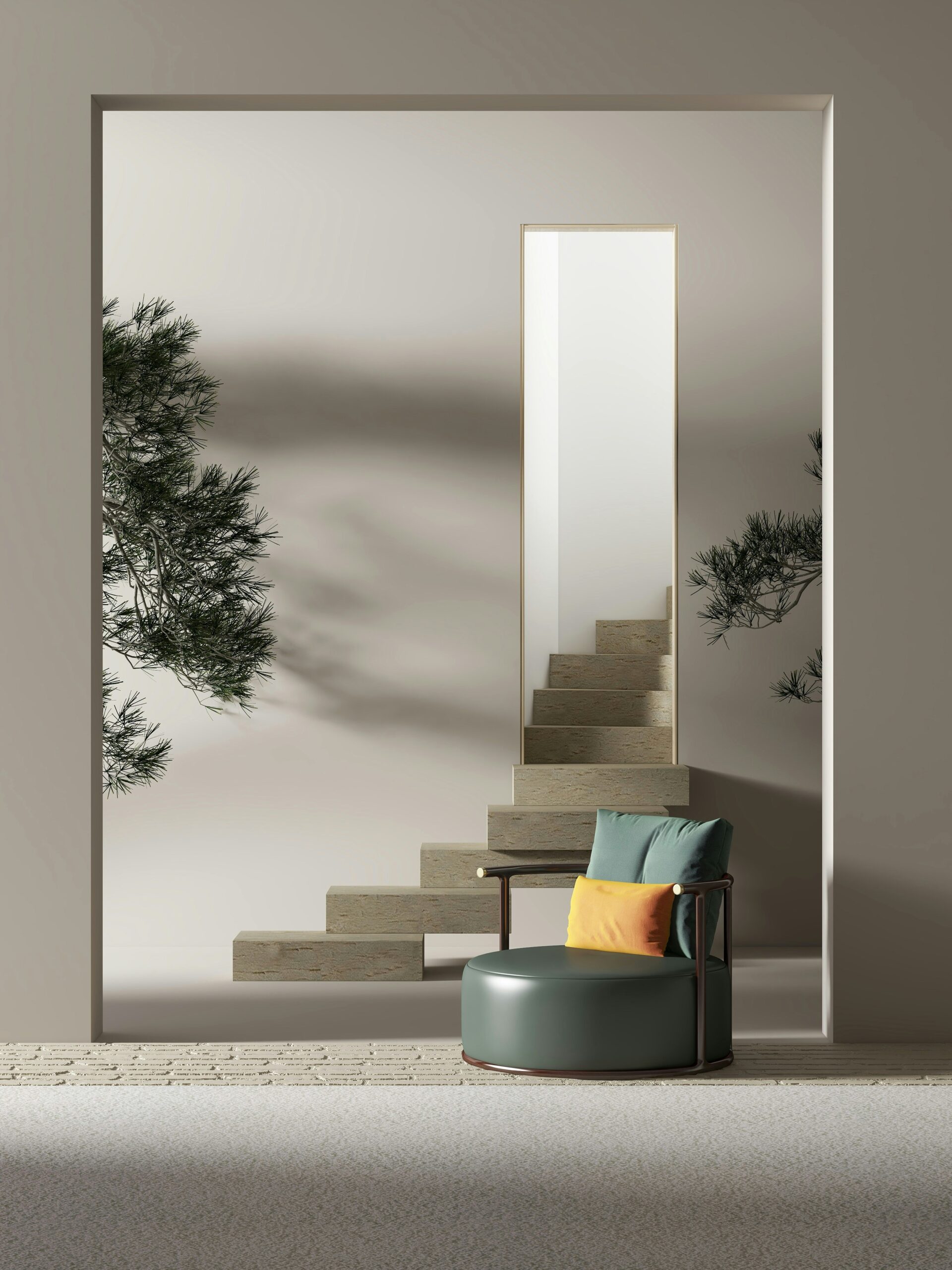In the symphony of interior design, the interplay of colors and proportions serves as the conductor, orchestrating a cohesive and visually captivating composition. When choosing rugs for your space, particularly in open floor plans, striking the perfect balance between colors and proportions is paramount. Here’s how to balance colors and proportions to create a seamless and sophisticated interior:
- Color Harmony: Begin by establishing a cohesive color palette that unifies the various areas of your open floor plan. Whether you opt for a monochromatic scheme, complementary hues, or contrasting colors, ensure that there is a sense of harmony and balance throughout the space. When selecting rugs, choose colors that complement the existing color scheme while adding visual interest and depth. For instance, if your living room features neutral tones with pops of blue, select rugs for adjacent areas that echo these hues, creating a harmonious flow from one space to the next.
- Proportional Balance: Pay close attention to the proportions of your rugs in relation to the size and layout of each area within your open floor plan. Aim for a balanced distribution of rug sizes that visually anchor the furniture and define the different zones while allowing for seamless transitions between them. In larger spaces, opt for larger rugs that ground the room and provide a sense of scale, while in smaller areas, choose rugs that are proportionate to the size of the space to avoid overwhelming the visual balance.
- Layering Depth: Explore the art of layering rugs to add depth and dimension to your interior while maintaining a sense of balance. Layering allows you to play with contrasting textures, colors, and patterns, creating visual interest and focal points within the space. Start with a larger rug as the base layer to ground the room, then layer smaller rugs on top to define specific seating areas or add accentuated pops of color and pattern. This layering technique not only enhances the visual appeal but also contributes to the overall coherence of the design.
- Accent Color Pop: Introduce accent colors strategically through your rug selection to inject personality and vibrancy into your space. Choose rugs with subtle accents of color that complement the predominant palette while adding a touch of visual intrigue. Whether it’s a bold pattern with hints of vibrant hues or a solid-colored rug with contrasting border details, incorporating accent colors in moderation can elevate the aesthetic appeal of your interior while maintaining balance and harmony.
- Visualize and Adjust: Before finalizing your rug choices, utilize visualization tools like Creez.io to preview how different colors and proportions will interact within your space. Experiment with various combinations, adjust rug sizes and placements, and fine-tune the color palette until you achieve the perfect balance and harmony. By visualizing your design decisions beforehand, you can ensure a cohesive and visually striking interior that reflects your unique style and sensibilities.
In conclusion, how to balance colors and proportions in rug selection is essential for creating a harmonious and visually captivating interior, especially in open floor plans. By harmonizing colors, balancing proportions, exploring layering techniques, incorporating accent colors, and leveraging visualization tools, you can curate a space that exudes sophistication and elegance while seamlessly connecting every corner of your home.
